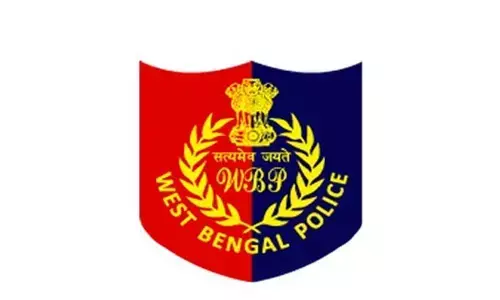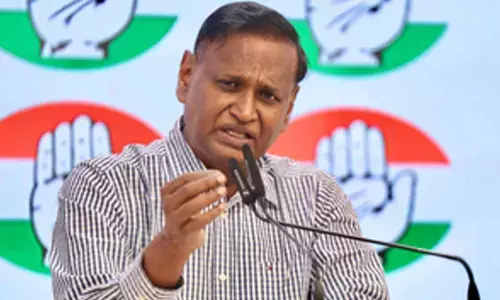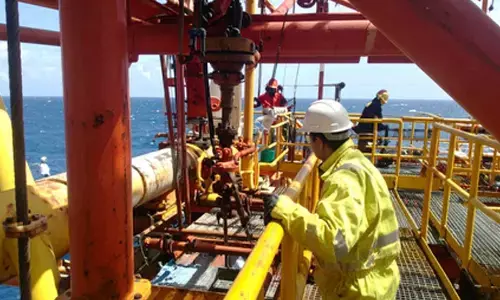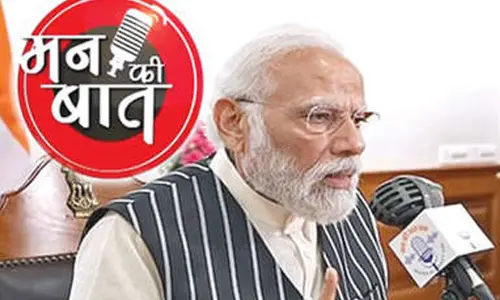India Budget 2014: Sentiments better in auto sector, but no recovery yet

India Budget 2014: Sentiments Better In Auto Sector, But No Recovery Yet. The automobile industry is seeking a comprehensive fleet modernization programme in a bid to stimulate demand in a market which has been stagnant for two years.
The automobile industry is seeking a comprehensive fleet modernization programme in a bid to stimulate demand in a market which has been stagnant for two years. It is also hoping the new National Democratic Alliance government will not reverse the excise duty cut of 3-6% across segments announced in the interim budget in February.
.jpg)
In the year ended 31 March, sales of cars, vans and utility vehicles fell for the first time—down 6% to 2.5 million units—while overall sales fell 3.53% to 18.4 million units. “We want the government to maintain policy consistency on technical issues. The current duty structure should be maintained, though there is room for relaxation,” said Vishnu Mathur, director general of lobby group Society of Indian Automobile Manufacturers.
“A comprehensive fleet modernization programme will create demand and be helpful until the industry gets new customers,” Mathur said. Mint on 17 December first reported that the industry was pushing for a so-called voluntary vehicle scrappage scheme to push sales in a market buffeted by high fuel prices, rising inflation and slowing economic growth. In such a scheme, buyers would receive tax concessions up to Rs.1 lakh if they sold vehicles older than 15 years. The first stage of the scheme, an industry presentation said, could cover the largest eight cities, and could see as many as 8.9 million passenger vehicles and 1.47 million commercial vehicles being scrapped. Apart from the growth recorded in May, which came on the low sales base of the previous year, auto makers do not see any immediate recovery. Maruti Suzuki India Ltd, the country’s largest car maker by sales, reported a 16% increase in domestic sales in May from a year earlier.
“We have noticed an improvement in sentiment, but it has not converted into sales,” said Ranjit Yadav, president of passenger vehicles business at Tata Motors Ltd. The firm’s sales of cars, vans and utility vehicles continued to fall, declining 17% to 9,230 units over last year. HDFC Securities Ltd told investors on 3 June that the May sales did not signal a revival. “We believe demand revival has to be more fundamental-driven led by better macros, decline in fuel/finance costs and better consumer sentiments,” analyst Sorabh Talwar wrote in a research note.
Manufacturers are hoping consumer sentiment—and eventually, automobile purchases—will rebound as the new government tries to revive economic growth that slumped to 4.7% in the year ended 31 March, the second year of growth under 5%. “It has been some time since the industry spoke of good figures and high figures,” said Anil Dua, senior vice-president (marketing and sales) at Hero MotoCorp. Ltd, India’s largest two-wheeler company by sales. “With political certainty and good policy interventions, we are hoping for a better economic atmosphere,” said Dua, who has resigned from Hero for an overseas assignment. He will be with the company until 24 June.
The Narendra Modi-led Bharatiya Janata Party (BJP) won 282 seats in the 2014 Lok Sabha election, the first time any party won a simple majority since 1984. The victory has raised hopes that a stable government will work to revive growth. Manufacturing is likely to play a key role in the new government’s endeavours to achieve higher growth. But Dua of Hero warned that “there is no magic”. “Nothing will happen overnight. It is going to take some time and gradually industry is going to come back. Even if we look at the revised growth forecast, the best we have seen are at about 6.5%. So, there will be a recovery, but a gradual one,” he said.
Bengal cop booked for murder over mysterious death of woman home guard, SIT to probe case
Staffer recalls horror of 7-kg gold robbery by armed gang in Karnataka’s Hunsur
25-Year-Old Airline Cabin Crew Member Dies At Gurugram Party; Police Begin Investigation
Another BLO dies by suicide in Bengal, Abhishek Banerjee holds EC responsible for death













